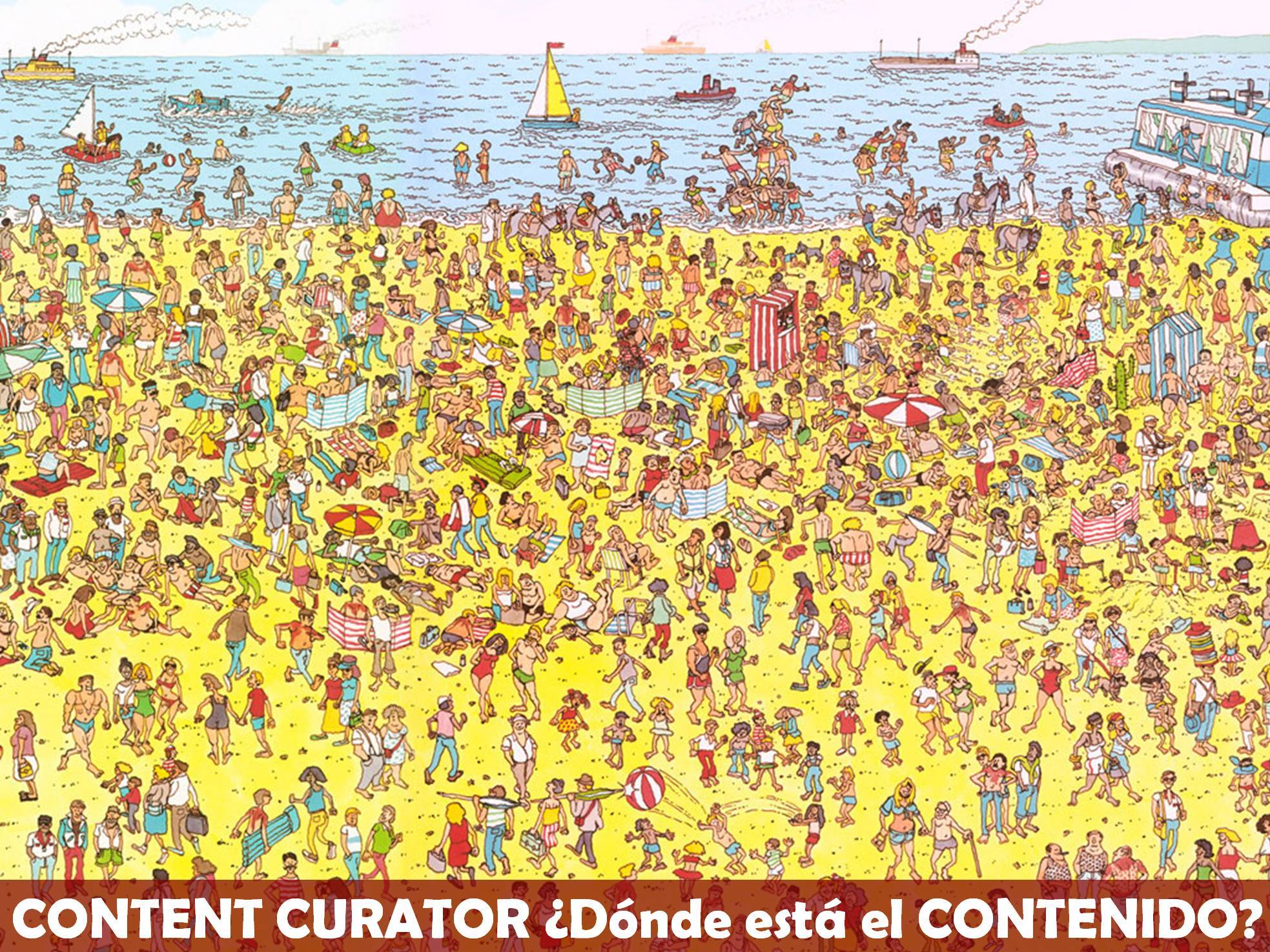AATF curricular content and authentic resources
for French teachers
The wealth of online authentic resources (#authres), also known as realia, easily replaces quickly outdated textbook auxiliary materials. However, for many educators, the time required to research and organize these materials can be an issue. One time-saving solution is to crowd-source the curation (collection/classification) with local colleagues. Another is to look to an online Professional Learning Network (PLN) that has already begun the process. The idea that educators "steal" lessons or tools needs to give way to the collaborative model. Cite the origins of a lesson or tool when appropriate whether it was from a local conference or a Pinterest board. Educators appreciate when their curating or curricular work is acknowledged and shared with others. It is through this process that a PLN grows and develops new ideas and approaches.
Based on my interactions with World Language teachers on Twitter and Facebook, I see that many French teachers are considering giving up their textbooks in favor of creating thematic units based on curated tools and curricular materials. To assist them in this transition and to save them time, the AATF Commission on Technology has set up several content resource curating tools. Each tool has its advantages, thus it is up to the user to decide which one best serves his or her needs.
In building these resources, I have tried to classify the resources based on thematic units, learner levels, and topics. The AATF follows other resource curators (not always French teachers) - consider choosing a few to follow so that you have a wide variety of views and tools. If you find something you like, please share it and acknowledge the producer. If you have a suggestion to improve on the AATF resources, please contact Catherine Ousselin (catherineku72@gmail.com).
Bonne chance et bonne recolte!
AATF Facebook
Posts on news, culture, technology tools for World Language teachers and learners, AP Exam resources, and thematic unit ideas
Resources for French classrooms, AP exam topics, infographics, cultural resources, and vocabulary
ScoopIt
Curated resources organized by topic
YouTube
Nearly 40 playlists organized by topic: Music, history, language, Francophone realia, television, and movies
Tweets on Francophone news, culture, curricular resources, and AATF events






























